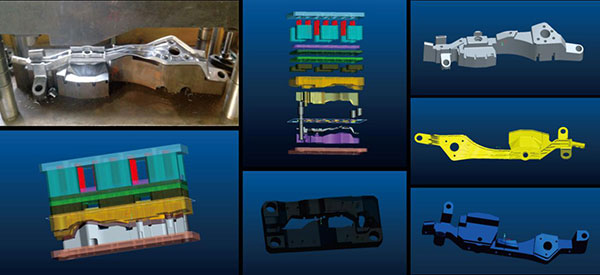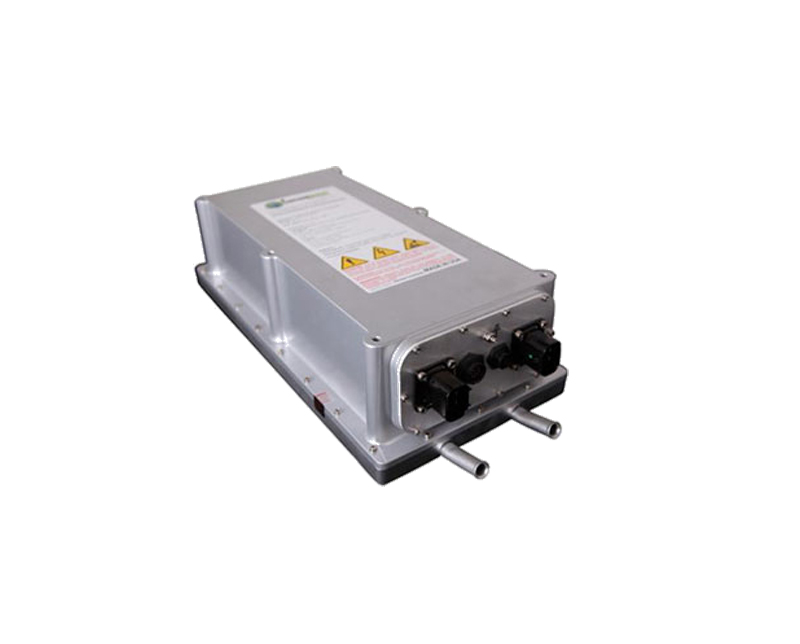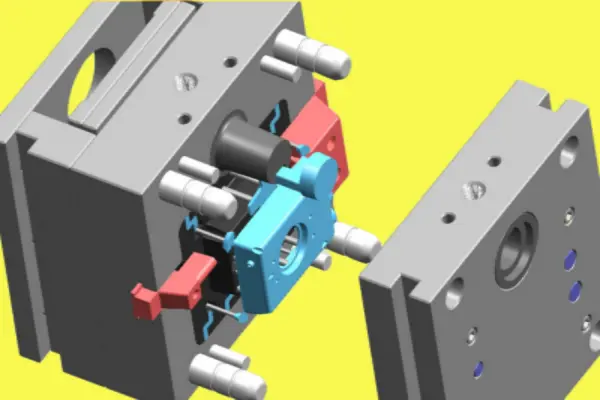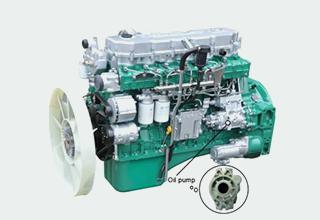

In today's highly competitive electronics industry, manufacturers are constantly searching for the most effective and efficient manufacturing processes. Aluminum die casting has emerged as a popular choice for producing high-quality electronic components. With its versatility, strength, and cost-effectiveness, die casting offers numerous advantages over other manufacturing methods. However, achieving optimal results requires careful consideration of tooling during the casting process.
Before delving into the importance of tooling in aluminum die casting, it is essential to understand the fundamentals of this manufacturing process. Aluminum die casting is a method employed to produce intricate and complex electronic components. Molten aluminum is injected under high pressure into a mold, typically made of steel, to produce the desired shape and design. Once the aluminum cools and solidifies, the mold is opened, and the component is extracted.
Tooling plays a crucial role in ensuring the success of the aluminum die-casting process. It refers to the design, construction, and maintenance of the molds used in the casting process. Effective tooling should consider factors such as part design, dimensional accuracy, surface finish, and production efficiency. Well-designed tooling allows for consistent and precise production of aluminum components, enhancing overall quality and reducing the risk of defects.
Accurate tooling is essential for achieving consistent part quality in aluminum die casting. Without proper tooling, manufacturers may encounter issues such as porosity, shrinkage, or warpages, which compromise the integrity of the electronic components. High-quality tooling ensures consistent fill, precise dimensions, and flawless surface finishes, resulting in reliable and visually appealing products. Regular maintenance and updates to tooling are critical to maintain consistency and optimize production processes.
The ever-evolving electronics industry demands continuous innovation in aluminum die-casting tooling. Manufacturers are investing in advanced technologies and processes to enhance tooling capabilities. Computer-aided design (CAD) software and simulation tools enable engineers to design and optimize molds before production, minimizing errors and reducing costs. Additionally, the use of specialized coatings and surface treatments on tooling surfaces improves the release of components from the molds, reduces friction, and boosts productivity.
In the realm of electronics manufacturing, aluminum die casting has become indispensable due to its versatility and cost-effectiveness. However, to achieve the desired level of quality, attention must be given to tooling. Well-designed tooling ensures consistent production of high-quality components by addressing issues such as porosity, shrinkage, and warpage. As the electronics industry continues to evolve, advancements in tooling technology will further improve overall production efficiency and product quality.


